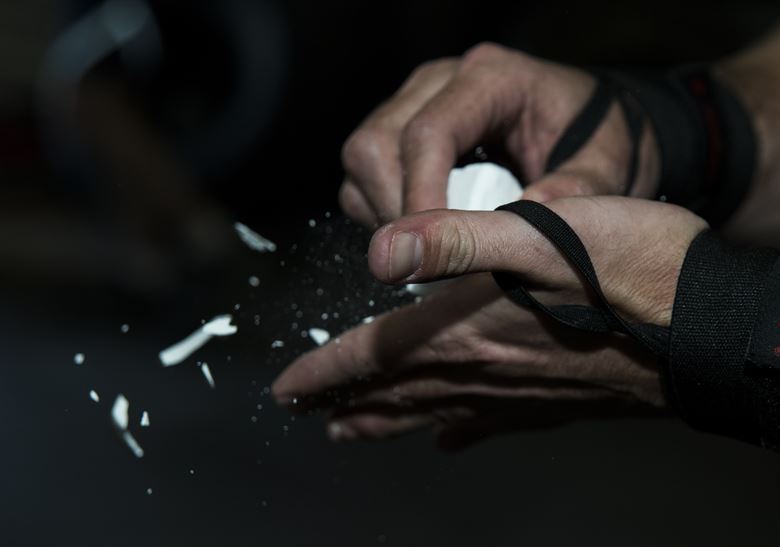If you’re swinging on bars doing pull-ups and throwing around kettlebells and barbells, chances are you’re going to rip your hands at some point.
For you veterans: Do you remember your first rip? Were you excited because it felt like a rite of passage into the world of training hard? Did you freak out because a blood blister was popping from your palm, or loose skin was dangling from your wrist?
A person’s first rip is always the same scene for the coach: the athlete comes running for advice.
Here are some common questions:
“Should I pop the blister?”
“Should I cut the skin off?”
“Should I cover up the rip, or let it dry out?”
Here’s some advice:
Blisters: To Pop or not to Pop?
Popping a water or blood blister tends to cause a bit of pain in the moment and leaves your hand feeling tender and vulnerable for a day. At the same time, popping the blister puts it on the path to quicker healing!
Keeping this in mind, if you plan to work out the following day, pop your blister, and then douse it in some kind of antiseptic and moisturizing solution. Options include:
- Neosporin
- Vasoline
- RIPT Skin System’s QUICK FIX (https://riptskinsystems.com/)
- A natural wound-healing cream of your choice
Let it air dry overnight. The next day, tape it up to protect it when you’re working out.
On the other hand, if you’re NOT going to be using your hands the next day, sometimes leaving the blister alone is the better call. It will certainly be less painful.
Often it pops on its own, and by the time you’re back on the bars or barbell a couple days later, it’s usually somewhat dry, and not at all painful. The skin of the former blister will likely rip open the next time you touch a bar, but because it’s no longer wet and raw, it barely even affects your bar work, and causes no pain.
Skin: To Cut or not to Cut?
Yes to the cut. If you don’t cut the skin off, the skin often gets pulled further and deeper the next time you hit the bars, causing a deeper rip. This only increases the pain and aggravation and slows healing as now you have a more serious rip to deal with.
After you cut the skin off, use some kind of pumice stone (RIPT Skin System’s GRINDSTONE works like a charm) to sand around the edges of the rip, and to thin out the callous to eliminate the chance of your rip ripping even further.
Rip: To Cover or not to Cover?
If your rip is really tender and you need to use your hands during the day, lather it up with a moisturizing product, such as the ones suggested above, and then cover it up with a band-aid or tape.
That being said, at some point you’ll want to air the rip out. If you keep it too moist, it’ll remain tender longer. It’s about finding the right balance; it has to be dry enough to heal fast but not so dry that it cracks within the rip.
With this in mind, sleeping is a great time to air out your rips. Throw on some moisturizing cream (or try some Neosporin) so it doesn’t get too dry, but leave it uncovered to promote faster healing.
Rips are more an art than a science. You’ll discover what works best for you with some trial and error, but I hope this gives you some good ideas to start with!

